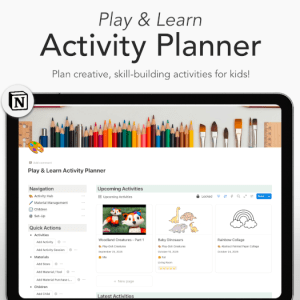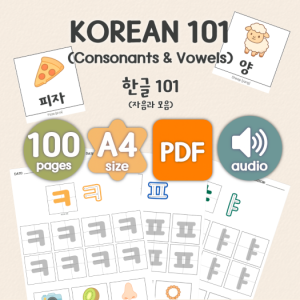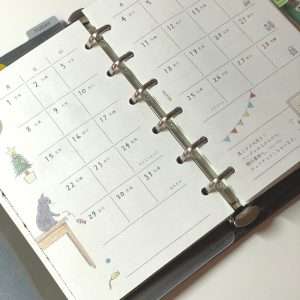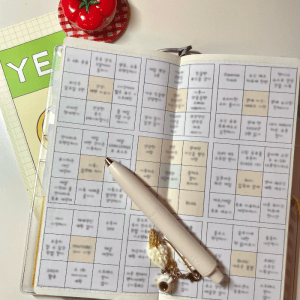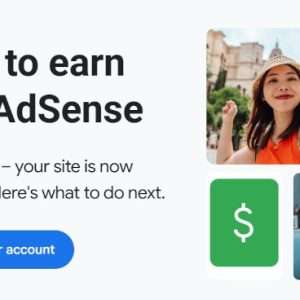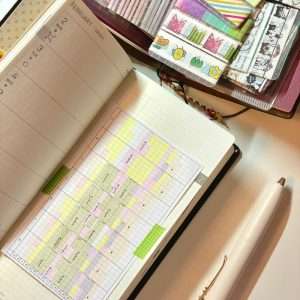Google AdSense Approval: What Finally Worked for Me
Wondering how long the AdSense approval really takes — and what it takes to finally get approved?
The truth is, there’s no clear formula. The AdSense approval process can feel unpredictable — some get approved in a week, while others wait months or face multiple rejections without explanation (that was me).
I’d read so many posts saying things like “I got approved with only 20 posts” or “My site got accepted in just a month.” Naturally, I thought it would be the same for me — but it turned out to be much harder than I expected.
After going through countless guides and “how to get AdSense approval” tips, I realized most advice only scratches the surface. Approval isn’t just about writing good articles — it’s about how your entire website is built, organized, and performs.
So instead of chasing quick approval, I focused on building something solid — and after more than a year of redesigns, rejections, and technical fixes, my site finally got approved in 2025.
Table of Contents
Building My Own Website from Scratch
I started everything from zero in February 2024.
When I first decided to go with WordPress, I spent days browsing through themes. There were plenty of beautiful ones, but none that truly fit everything I wanted. And since I’ve worked in this field long enough, a part of me always dreamed of creating something entirely my own — a website built by my own hands.
So I skipped the ready-made themes and built my own minimal, clean design instead. It was both exciting and challenging. I understood front-end principles well enough, but building a complete theme while balancing aesthetics, SEO, and performance turned out to be an entirely different experience.
I spent weeks fine-tuning typography, margins, and layout responsiveness. I wanted a site that looked good but also loaded fast and worked smoothly on mobile.
In May 2024, I finally bought my own domain and started posting — not consistently yet, but enough to see how the site looked in action.
Early Attempts and First Rejections
June 2024 — My First Application (1 Month In, Just Testing Things)
I submitted my first AdSense application — mostly as a test.
I already knew my site wasn’t fully ready, but I thought getting some kind of feedback would help me figure out what to improve next. Maybe a hint, maybe a short explanation.
But when the reply came, there was nothing. No reason, no clue, just a plain rejection.
I remember staring at the email, half confused, half amused. I wasn’t expecting approval, but I definitely wasn’t expecting silence.
August 2024 — Realizing What I Missed (Essential Pages)
Around August, I discovered something that many beginners overlook — the importance of having the right foundational pages. I didn’t have an About, Contact Us, or Privacy Policy page, which are all essential for building trust and transparency. I added them right away and immediately started rethinking how my site was structured.
While doing that, I also realized my blog wasn’t very mobile-friendly. Listings felt cramped, and some images didn’t scale well on smaller screens. So I reorganized the layout to make navigation smoother and content easier to read on phones. It took time, but the site started to look and feel much more complete. That was when I began to understand that the AdSense approval process isn’t just about what you write — it’s also about how people experience your site.
Major Redesign and Consistent Posting
By September 2024, I decided to rebuild the entire site.
It wasn’t that the old version was bad — it just wasn’t efficient. I wanted better readability, a faster homepage, and cleaner structure. So I started my first major redesign, focused on performance and simplicity.
This was also when I committed to a posting schedule: at least once a week. I reviewed every existing article, cleaned up formatting, and added consistent image alt text for accessibility.
That redesign turned out to be one of the biggest milestones in my journey — it set the tone for how I wanted my blog to look and feel long-term.
A Performance-Focused Rebuild
By February 2025, I decided to rebuild the site once again — this time focusing purely on performance.
I refined the lazy-loading setup I had earlier so that it worked more efficiently, especially on pages with multiple images. I also compressed and resized images properly instead of relying on automatic scaling, and adjusted font sizes for better readability across devices.
The previous design looked elegant, but on smaller screens it felt a bit too dense. This version loaded faster, felt lighter, and was much easier to read. It finally started to feel like a site that respected both form and function.
Around the same time, I fixed a small issue in my ads.txt file. It wasn’t critical, but since AdSense often checks technical files, I didn’t want to risk small warnings piling up.
After this phase, my blog finally felt stable — lightweight, fast, and readable. I thought approval might finally come next. But instead, I received another rejection.
The “Low Value Content” Rejection
In March 2025, I got an email that many bloggers dread:
“Your site has been rejected due to low value content.”
It was disappointing, but looking back, it was one of the most helpful turning points.
At the time, my posts were informative but not deeply personal. I focused on explaining things — topics like journaling, organization, and time management — as objectively as possible. I believed that being factual and neutral made my writing more credible.
But later, I came across a few articles that emphasized the importance of personal voice. They said readers connect more when they can sense the person behind the words. That made sense to me. I realized that sharing my own perspective wouldn’t make my writing less professional — it would make it more engaging. From that point on, I decided to let my experiences and thoughts come through more naturally in each post.
So I spent weeks revising everything. I rewrote each article around my personal experiences — what worked, what didn’t, and why. I also learned to format posts for better SEO: proper heading hierarchy, natural keyword flow, and internal linking that made sense to readers.
That rewrite changed my approach completely. I wasn’t just chasing how to get AdSense approval anymore; I was building something genuinely meaningful.
Adding a Korean Blog and Fixing Technical Issues
June 2025 — Adding a Korean Blog Alongside My Main Site
By June 2025, it had been about a year since my first AdSense application. I’d been getting repeated “low value” rejections, and at some point, I just needed a break. Instead of obsessing over what went wrong, I decided to finally do something I’d been putting off — building a Korean version of my blog.
There were so many things I wanted to write in my own language, and it felt refreshing to create without worrying about algorithms or approval emails. Focusing too much on “low value content” made me start doubting my work, and I didn’t want that. So I told myself: just write what you truly want to write first.
I translated several of my main posts and restructured categories so that both English and Korean sections were consistent.
July 2025 — Fixing Hidden Issues (404 Page & Sitemap)
A month later, in July 2025, I discovered that my 404 page was completely unstyled — none of the CSS was applied. I fixed that, along with a sitemap issue that prevented my Korean posts from being indexed properly.
Every small technical fix made my site feel more professional and trustworthy.
Final Fixes Before Approval
September 2025 was the most intense month in this entire AdSense approval timeline. Right before I reapplied, I found several overlooked issues that could’ve affected my site’s quality score:
- robots.txt was still pointing to an old sitemap
- My cookie banner was blocking the Contact Us link on mobile
- The sitemap itself was slightly outdated
- ads.txt needed one more minor correction
I fixed all of them within a few days.
Around the same time, one of my Hobonichi Layouts posts suddenly took off on Pinterest. Traffic spiked faster than I expected — still low compared to big blogs, but noticeable enough to feel like progress. For the first time, I could see consistent engagement from readers discovering my blog organically.

I reapplied on September 25, 2025, and the next morning — September 26 — I finally got the approval email. After all the redesigns, rejections, and revisions, it happened overnight.
Full AdSense Approval Timeline Summary
| Date | Stage | Main Actions |
|---|---|---|
| Feb 2024 | Initial setup | Built WordPress site from scratch |
| May 2024 | Domain & posting | Bought domain, started posting |
| Jun 2024 | 1st rejection | No reason given |
| Aug 2024 | Added key pages | About, Contact, Privacy Policy |
| Sept 2024 | 1st redesign | Minimal, structured layout; weekly posts |
| Feb 2025 | 2nd redesign | Lazy loading, improved typography |
| Mar 2025 | 1st “Low value” rejection | SEO & content overhaul |
| Jun 2025 | Korean blog setup | Added translated posts |
| Jul 2025 | Fixed sitemap & 404 | Korean posts added to sitemap |
| Sept 2025 | Final fixes | robots.txt, cookie banner, ads.txt |
| Sept 25, 2025 | Reapplied | After Pinterest spike |
| Sept 26, 2025 | Approved! | Finally accepted by AdSense |
Final Thoughts
Looking back, I don’t think there was a single “magic change” that led to approval.
It was the accumulation of small improvements — performance tweaks, design refinements, clearer writing, and technical fixes — that finally made everything click.
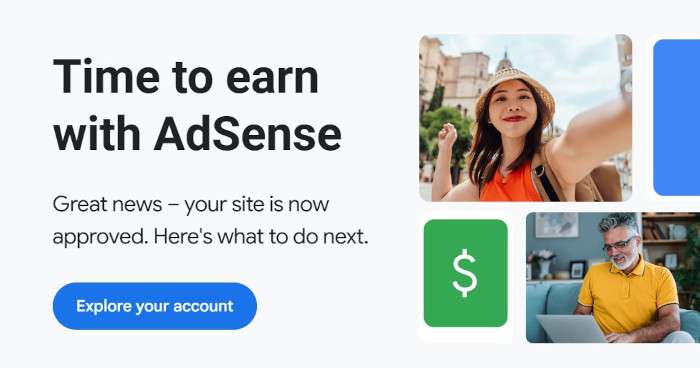
If you’re in the middle of your own AdSense journey, keep going. Each rejection teaches something new about your site, your writing, and even your readers. And when the approval email finally arrives, you’ll realize it wasn’t just about AdSense — it was about building something that truly represents you.
In my next post, I’ll share the specific tips and Q&A that came from this experience — the things that actually helped me get approved after so many rejections.
🌟 Latest Posts
🕒 Must-Try Productivity & Time Management Tips
Want to manage your time better and stay productive? Explore practical tips and simple time-saving strategies: Browse All Productivity Tips

